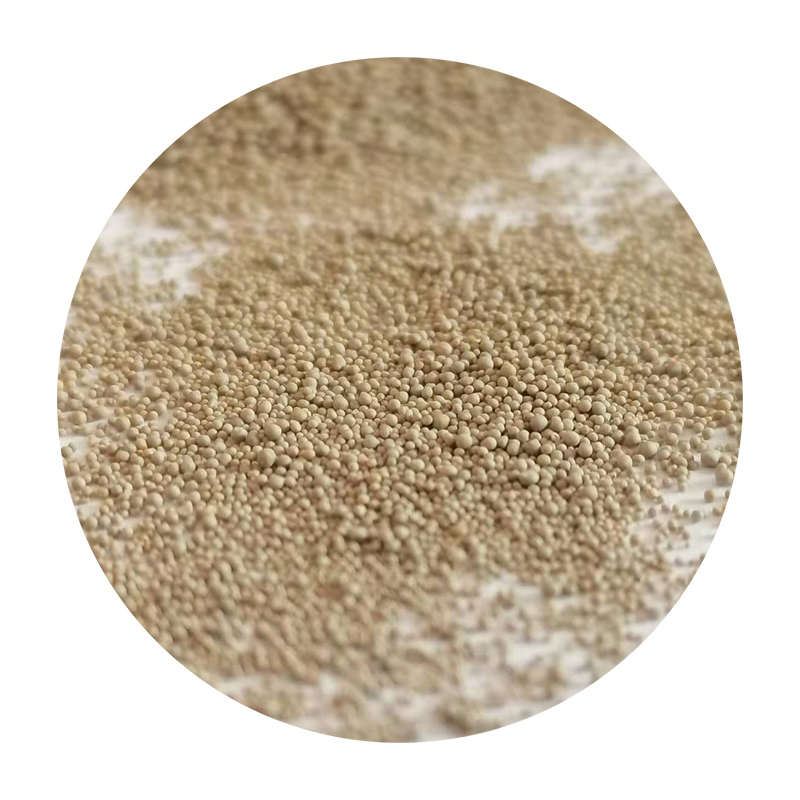The Importance of Sanding in 3D Printing
3D printing has revolutionized the manufacturing landscape, allowing for the rapid production of complex designs that were once inconceivable. However, the process does not end once the printer has completed its task. Sanding is a critical post-processing step that can make or break the final appearance and functionality of a printed object. In this article, we will explore the significance of sanding in the 3D printing process, the techniques involved, and the benefits it can provide.
Why Sanding is Necessary
When a 3D print is completed, it often exhibits visible layer lines, rough surfaces, and artifacts from the printing process. These imperfections can detract from the visual appeal and functionality of the object. While the resolution of a 3D printer plays a role in the quality of the output, many printers, especially those at an entry-level price point, can produce prints that require substantial finishing work. Sanding is the answer to these imperfections, transforming a rough print into a smooth, polished piece.
Moreover, sanding can be essential not just for aesthetic reasons but also for functional ones. For parts that will be assembled or fit with other components, any rough edges or protrusions can lead to poor connections or mechanisms that do not operate smoothly. Thus, sanding ensures that the parts fit perfectly and function as intended.
Sanding Techniques
The sanding process varies depending on the material used in 3D printing and the desired finish. Here are some common techniques
1. Manual Sanding This technique involves using sanding blocks or sheets of various grits. Starting with a coarser grit helps to remove significant imperfections, followed by finer grits to achieve a smoother finish. Manual sanding provides precise control, allowing the user to focus on specific areas that need extra attention.
2. Power Sanding For larger objects or when time is a factor, power sanders or rotary tools can expedite the sanding process. These tools can quickly remove layers but require careful handling to avoid damaging the print.
sanding 3d print

3. Sanding with Water Wet sanding is an effective method for certain materials, such as PLA. By using water on the sandpaper, it reduces dust, helps keep the surface cool, and can prevent clogging, resulting in a finer finish.
4. Chemical Smoothing In some cases, particularly with materials like ABS, chemical smoothing techniques can be employed. This involves applying solvents that partially dissolve the surface, leading to a smooth finish. While it is a quick option, it requires careful handling and knowledge of the chemicals involved.
5. Using a Primer After sanding, applying a primer can further enhance the surface quality. Primers fill in minor imperfections, and once sanded again, they prepare the surface for painting, offering a professional-looking result.
Benefits of Sanding
The advantages of sanding 3D prints extend beyond just aesthetics. A well-sanded object can provide a better mechanical fit and enhanced functionality. It allows for cleaner assembly, reducing the need for excessive force and wear during use. Additionally, items that will be painted or coated will achieve a better bond when the base surface is smooth and devoid of flaws.
Furthermore, sanding can significantly improve the durability of a printed item. Rough surfaces may harbor dirt and grime, leading to deterioration over time. A smooth finish, on the other hand, not only looks better but is generally easier to clean and maintain.
Conclusion
In conclusion, while 3D printing can create intricate designs with relative ease, the finishing touches, like sanding, are crucial to achieving the intended results. From improving aesthetics to enhancing functionality and durability, the benefits of sanding are manifold. By employing the right techniques and investing the time into this post-processing step, you ensure that your 3D printed objects meet the highest standards of quality and performance. Whether you are a hobbyist or a professional, mastering the art of sanding is invaluable in your 3D printing journey.
Post time:డిసెం . 15, 2024 06:55
Next:Exploring the Role of Sand in Metal Casting Processes and Techniques
